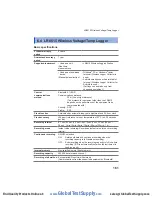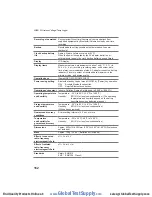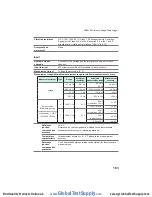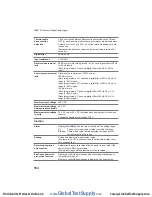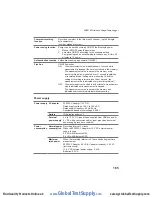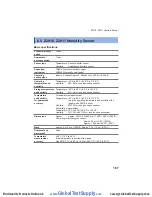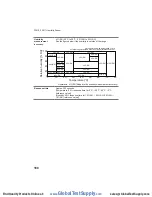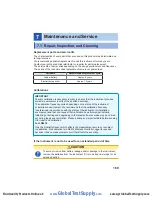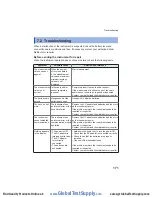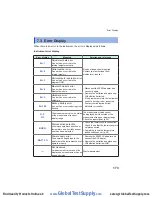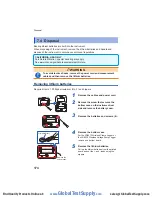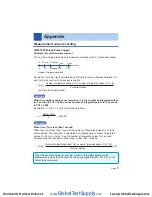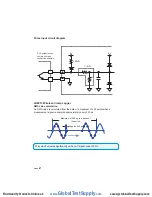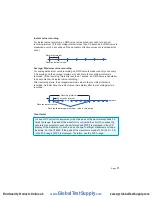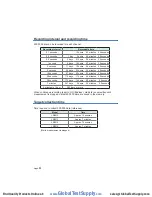
Appx.
1
Appendix
Measurement value recording
LR8512 Wireless Pulse Logger
Principle of revolution measurement
The number of integrated pulses is measured internally using 0.1 second sampling.
0
Number of integrated pulses
0.1 sec. 0.2 sec.
1 sec.
2 sec.
0
P1
P2
P10
P20
Revolution r for time t [s] is calculated by dividing the number of pulses between (t-1)
and t [s] by the number of pulses per revolution.
r [r/s] =
Number of integrated pulses of t [s] - number of integrated pulses of (t-1) [s]
Pulse/revolution
(r/s: Revolution per second)
Example
When the number of pulses per revolution is 4, the number of integrated pulses
for 1 second is P10 = 1,000, and the number of integrated pulses for 2 seconds
is P20 = 2,000
Revolution rt = 2 for t = 2 [s] is calculated as follows.
r
t=2
=
2000 - 1000
4
= 250 [r/s]
Exception
When time t [s] is less than 1 second
When time t [s] is less than 1 second, the number of integrated pulses for t-1 [s] is
not measured. The revolution is calculated by multiplying the number of integrated
pulses of t-0.1 [s] to t [s] by 10 as the number of integrated pulses for 1 second.
Consequently, the revolution varies when t is less than 1 second.
r [r/s]=
Number of integrated pulses of t [s] - number of integrated pulses of (t-0.1) [s]
Pulse/revolution
×10
When the scaling function is used, the number of integrated pulses can be
displayed as a value that is converted to a physical quantity (Wh, VA, etc.) for the
object to be measured.
Appendix
www.
GlobalTestSupply
.com
Find Quality Products Online at:

